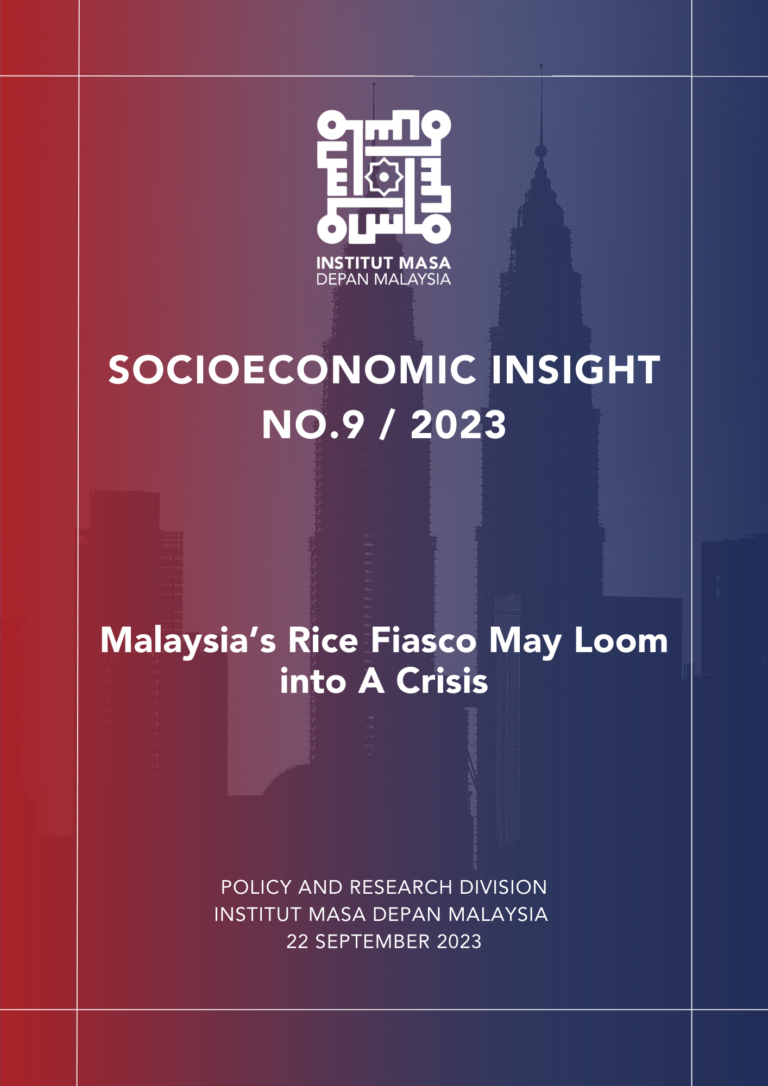Malaysia is currently facing a looming rice crisis, particularly with a shortage of rice supply including local white rice and increase in the price of imported rice, forcing consumers into panic. According to Amir Mat Amin, the Deputy Director of Farmers’ Organisation Authority (LPP), the paddy yield per harvest usually reaches an average of 7 metric tonnes per hectare, but this dipped to only 4 tonnes during the last harvest season.
According to Datuk Wira Haji Dr. Ameer Ali Mydin, Managing Director of Mydin Mohamed Holdings Bhd, the largest halal wholesaler and retailer chain in Malaysia, whilst the percentage of local rice production is commonly known to be 70%, whereas in reality, it is only around 62%.
Of this amount, approximately 43% goes into the end market to be sold as local white rice (BPT) to consumers (after taking into account usage by industry, rice seeds etc.). Hence, imported rice needs to cover the remaining 57% to achieve domestic rice demands. This problem is further exacerbated by India’s rice export ban which caused the price of Basmati rice to rise from RM32 to RM40 per 5kg.
Thus, this urgent issue requires immediate attention from the government. Looking at the current conditions of the market and data, it is clear that the rice crisis stems from our low self-sufficiency level (SSL) caused by a high dependency on imported rice as well as the lack of capacity in local rice production.
In light of the various factors that can be attributed to this crisis, it is therefore crucial to identify the root cause and deal with it effectively, with proper management and good governance in order to reduce local rice shortages and subsequent price increases.




